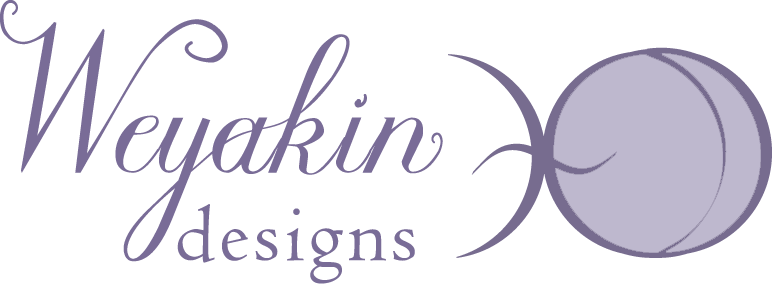Many times through my life, I’ve heard this myth about artists: A true artist doesn’t need to look at pictures to help them draw—they can draw anything right from their own imagination. But, contrary to this tall-tale, reference images and research are wonderful assets for most artists, especially illustrators. And really, how many people actually have a photographic memory? Very few, if any.
Think about art schools. Life drawing is a basic foundation class most artists take. And what do they draw from? A live model—not just their imaginations. Artists don’t draw or paint in a void. Reference images and research are key tools to keep in your artist’s toolbox.
Collecting Reference Photos
Like many artists, you may first have an idea about something you want to draw or paint, and perhaps you’ll scribble a few rough sketches and jot down some notes to flesh it out. But, once you’ve got an idea, you need to develop it into a cohesive composition, whether it’s a one-off piece of art or part of a larger project, like a picture book or gallery series. This is when I turn to reference photos.
Reference photos are images you may find or take yourself to help you with accuracy in your drawing or painting. I usually use a mix of images found and images I’ve taken myself, depending on what I’m able to find and what my specific subject is. Once I have an idea of what the elements of my piece will be, I’ll start collecting reference images that help me accurately portray those elements.
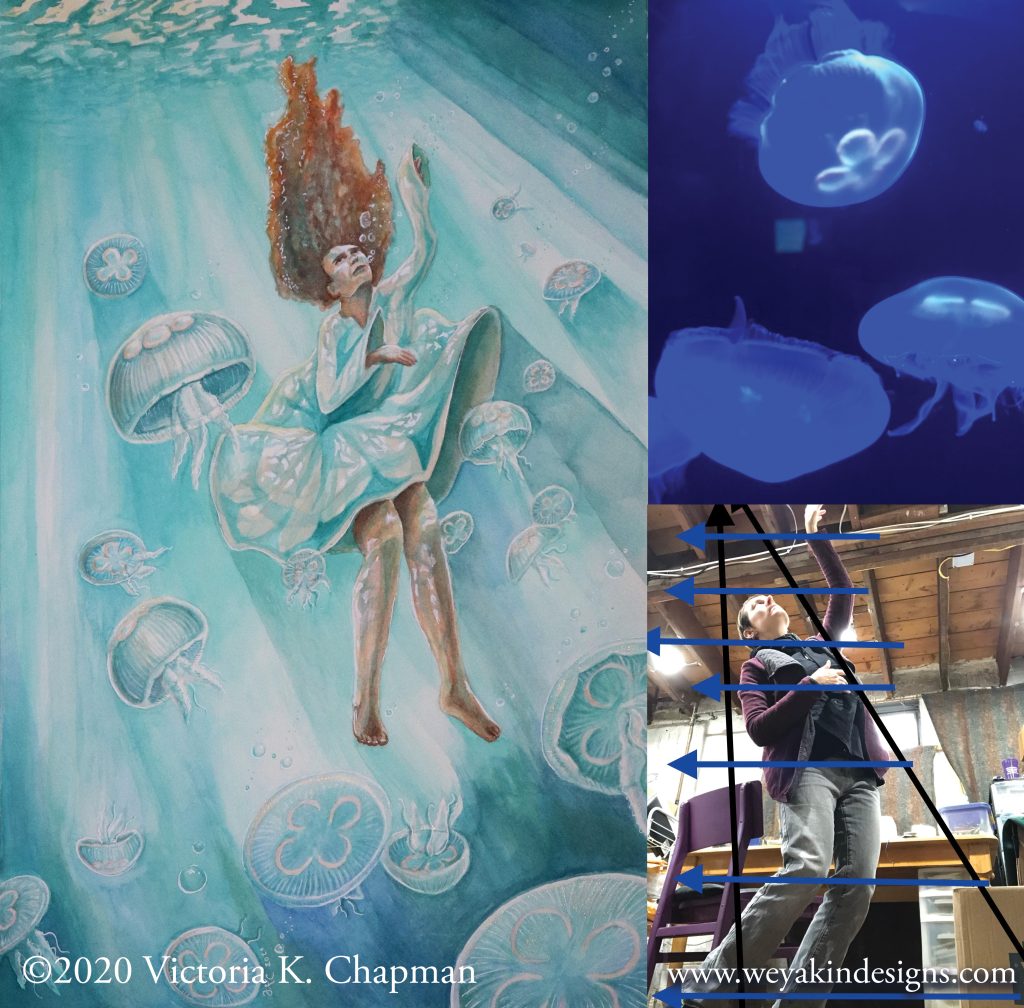
Taking Your Own Reference Photos
If part of my piece includes something I know I can find locally, I’ll go out and take some photos myself. Or if it involves a person in a specific pose, I’ll often pose myself or one of my family members to make sure I’m drawing that pose accurately. Sometimes, I’ll even use my dog as a reference (dogs are some of my favorite characters to add to a visual story). If a stranger were to look through some of the photos on my phone, they’d either think I’m a very interesting person, or downright crazy. Don’t worry though—it’s just reference photos.
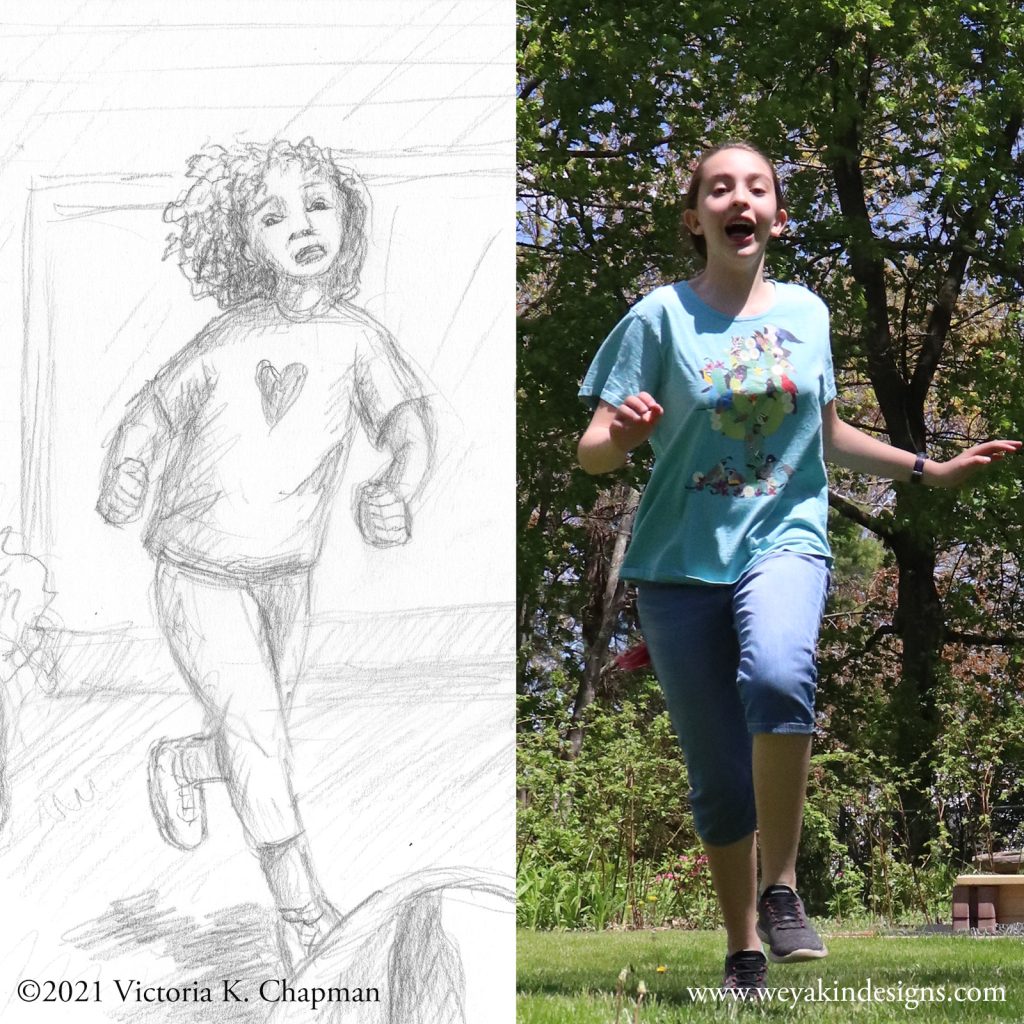
Drawing From Live Reference
Another option for reference images is drawing from a live reference. You can have a friend or family member hold a pose for you while you draw. Or, go to a zoo to draw the animals you’re hoping to capture. You could even sit in your back yard to observe the birds or flowers.
Often it’s easiest for most artists to take photos of live references, so you still have that image to use back in the studio. But, sitting and enjoying the slow-down time of drawing a live reference can be a lovely experience in itself. I’m lucky to have places like the EcoTarium and New England Botanic Gardens at Tower Hill near me which I visit to find inspiration and references.
I recommend exploring local opportunities near you that can provide some surprisingly wonderful reference opportunities. Here are some resources to help you find great places near you.
- You can search for zoos and aquariums near you using AZA.org
- You can search for botanical gardens through the American Horticultural Society website
- You can find a museum near you through the Museums 4 All website
- You can also find a National Park near you at the National Parks Service website
- And you can find local state parks near you through the America’s State Parks website
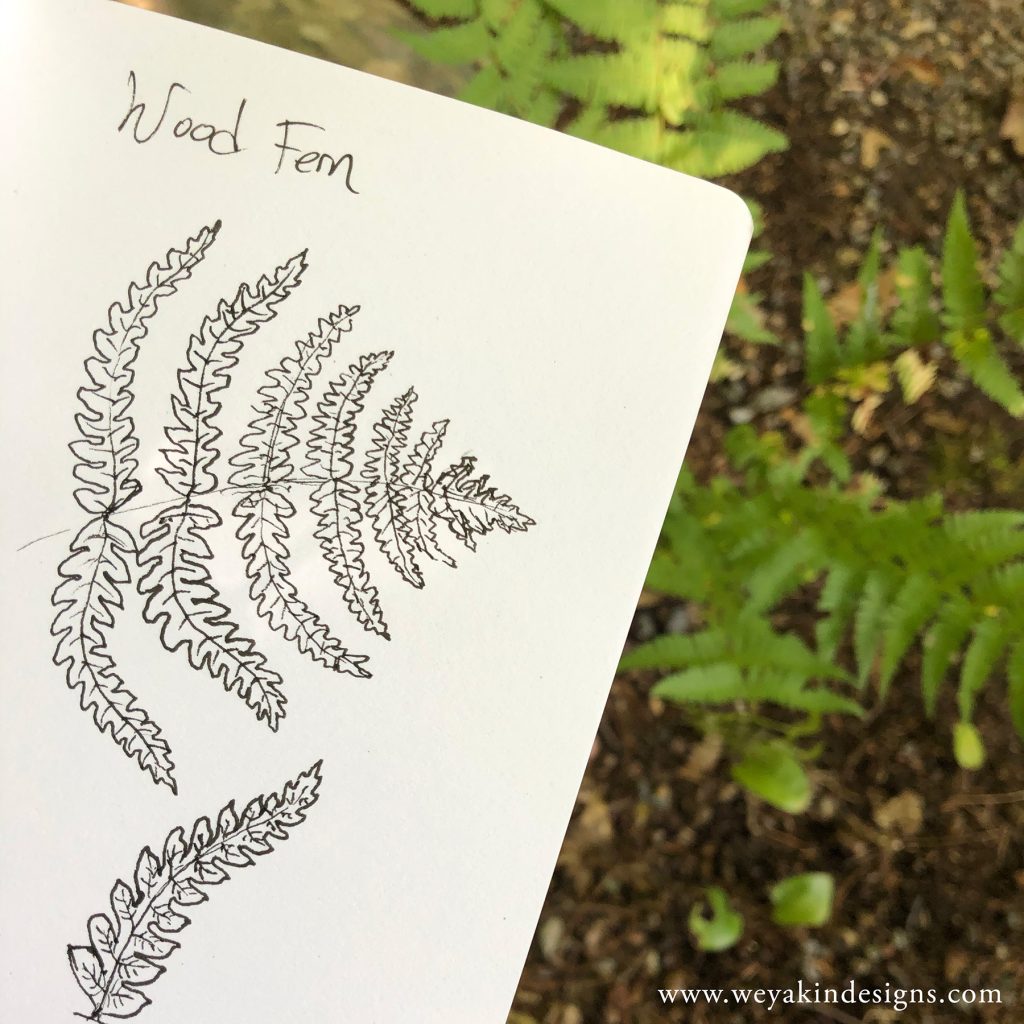
Collecting Found Images
For some subjects, it’s not always easy to go out and take or draw from live references. As nice as it would be to hop on a plane and travel to Hawaii to take reference photos of volcanoes, it’s usually not realistic, unless you live there. That’s when the internet comes in handy.
I don’t condone the stealing of other people’s images by any means, but looking at photos and other images for inspiration and to get a sense of what something looks like can be very helpful. As long as, in the end, your final piece of art isn’t a direct copy of somebody else’s work. Found reference photos are a means of practicing and finding inspiration, not plagiarism. Don’t steal the images—practice and learn from them, but then create your own composition from what you’ve found in your own style.
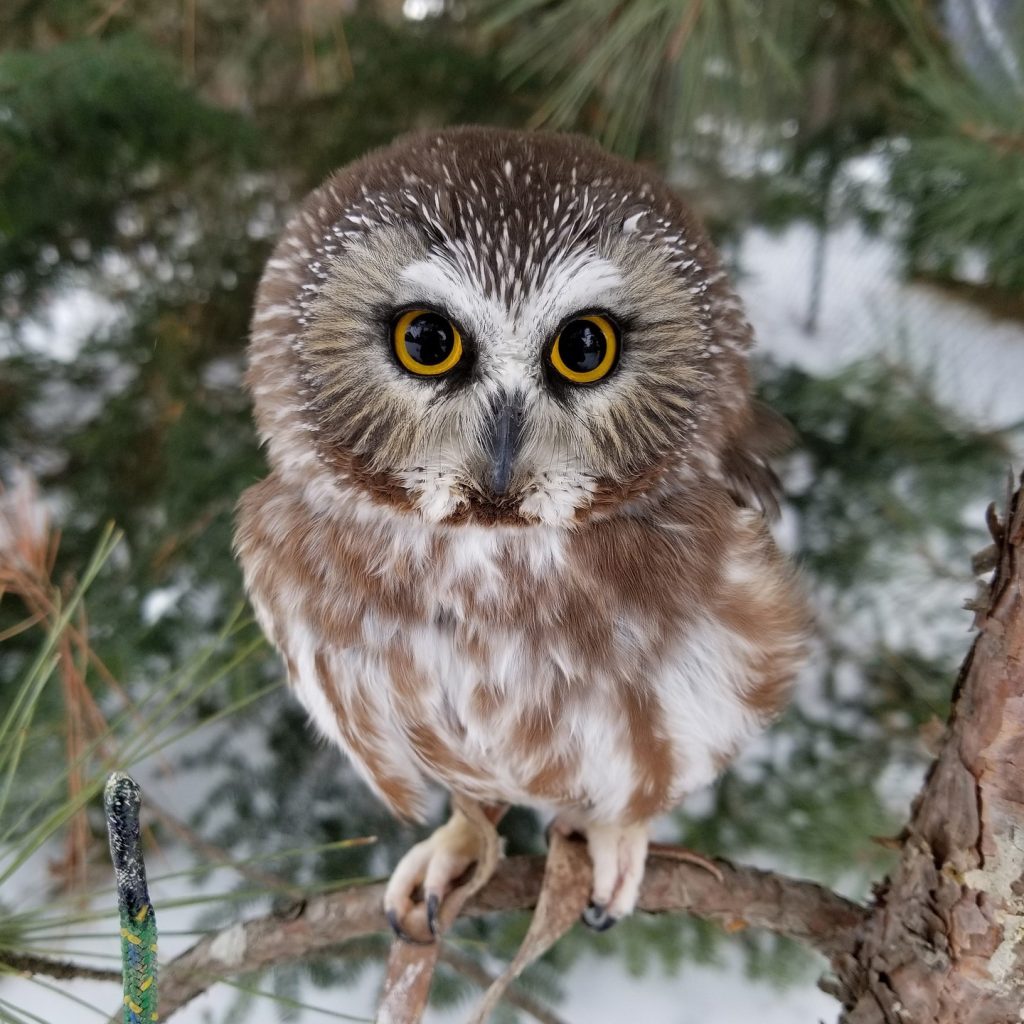
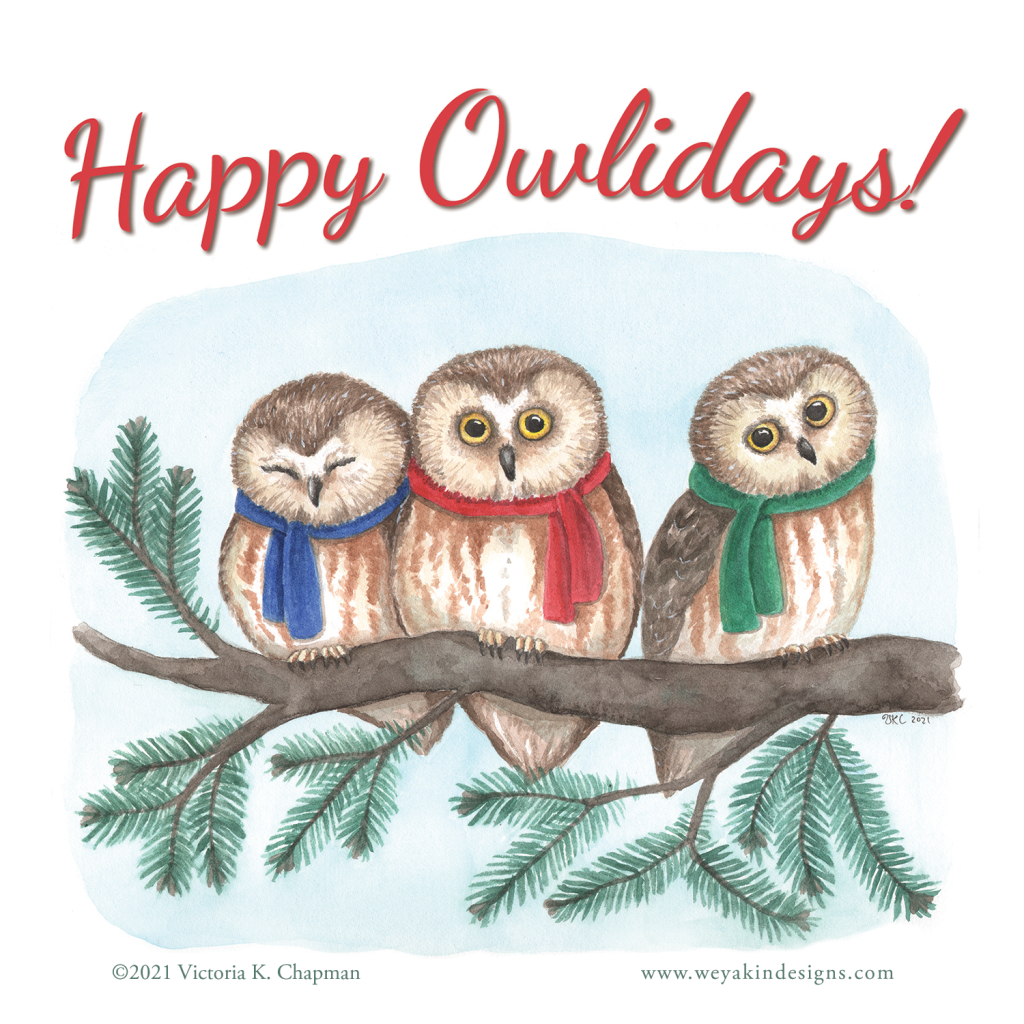
Keep it Legal!
If you love a particular pose or way of lighting a figure that you want to borrow to use in your art, there are ways you can legally do so without violating copyright laws. There are a number of royalty-free reference photo websites out there that won’t step on any photographer’s toes, and can also support them and their art. Some are completely free, but it may be harder to search those and they may not always have what you want. Others have a nominal fee to give you access and you support photographers and their art through that. Artists supporting artists. Its’ a win-win.
Alternately, you can also reach out directly to a photographer and ask them for permission. Just make sure you get a clear “yes” and what their terms and restrictions are.
Here are a few pay reference photo websites:
- WildlifeReferencephotos.com
- Michael Vargas Photography Patreon for Reference Photos
- Tidal Gardens Patreon for Reference Photos
- Vecteezy.com
And here are some free reference photo websites:
IMPORTANT: Always be sure to check out the terms for use. Some photographers require attribution if you directly use their work. Others require you pay an additional fee if it’s something you’ll be selling commercially.
Lisa Clough from Lachri Fine Art also has this great video about using reference photos legally that you can check out:
Doing the Research
Often times, I’ll realize I simply need more information before I can finalize part of my composition. I started to draw a child lying in a field of flowers, but realized I wasn’t sure which flowers actually bloom at the same time. Sure, many people wouldn’t notice if you drew a spring daffodil blooming at the same time as fall mums (unless they’re like me), but you might feel better knowing that your piece doesn’t contain gross inaccuracies.
Places to do the research
There are a lot of ways to research your subject matter, a classic place to do so being your local library. Books are an excellent resource if you can find a book about your subject. Libraries also have access to newspapers, magazines, and sometimes videos, microfiche, and photo slides. Libraries are an important local resource for so many reasons.
There is also, of course, the internet. But, you also need to be careful that your searches make use of reliable resources. Here are some of my favorite reliable sources of information for my nature research:
- Audubon.org for bird and wildlife info
- and more regionally to me MassAudubon.org
- NationalGeographic.com
- and their education blog: blog.education.nationalgeographic.org
- SmithsonianMag.com
- NOAA.gov
- State wildlife websites, such as Massachusetts’: www.mass.gov/orgs/division-of-fisheries-and-wildlife
A lot of reputable newspapers, magazines, and education organizations have websites with free information. Just be careful of where you find your information and double-check it against other sources.

An example of why to do the research:
Perhaps you are drawing an echidna, a curious egg-laying mammal from down under as part of a non-fiction book you’re working on. It’s helpful to also find out where the echidna lives, its general size, its behavioral characteristics, and what its habitat looks like. If you draw an echidna in a New England forest, it’s going to seem awfully out of place. They’re actually from Australia, Tasmania, and New Guinea. Or if, for example, you draw an echidna next to a horse, but you draw them the same size, it’s also going to look rather odd. Echidnas are closer to the size of a large house cat.
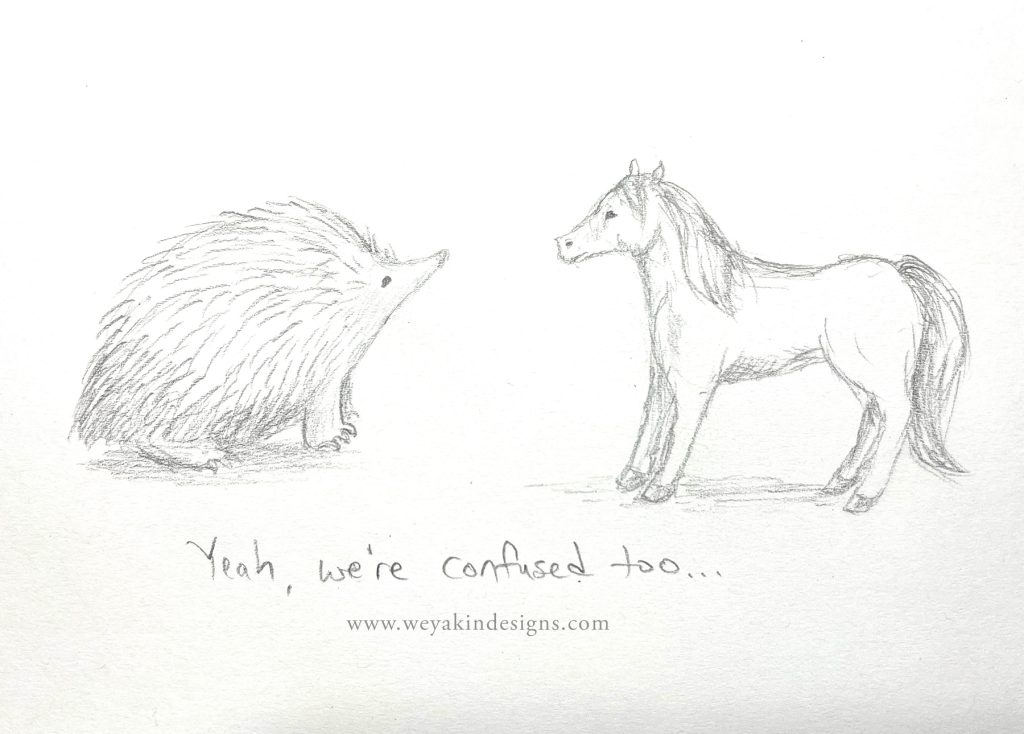
Doing the research will save you a lot of headache later when you find you included some innocent, but terribly inaccurate detail. It may be a little extra work, but I personally find it to be one of the most interesting parts of my job as an illustrator. And if you do have the opportunity to go on-location to do research for a piece of art, do it! That is, if you enjoy traveling and learning. I sure do.
Reference is Your Friend
Reference images and research are amazing tools that can help your art not only be more accurate, but more interesting as well. Research can help with precision, but it can also help with inspiration. And what artist doesn’t like feeling inspired? I love looking at photos, going out into the world to see new things, and spend time really looking at the amazing things around me. Plus, learning something new in the process can bring a whole other level of joy to your work.
Just remember that it’s okay to learn from other artist’ images, but stay away from plagiarism. Learn and practice, and then create something new and original that’s yours. If you want to copy another image, make sure to do so legally. And most of all, enjoy the time spent really looking at the world around you. This Earth is an amazing gift and there is so much to see!
Do you have other resources relevant to reference images and research that you’d like to share? Leave a comment here.
Do you have an art-related topic you’d like to hear about from me on this blog? Let me know!
